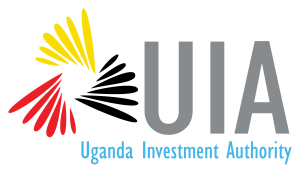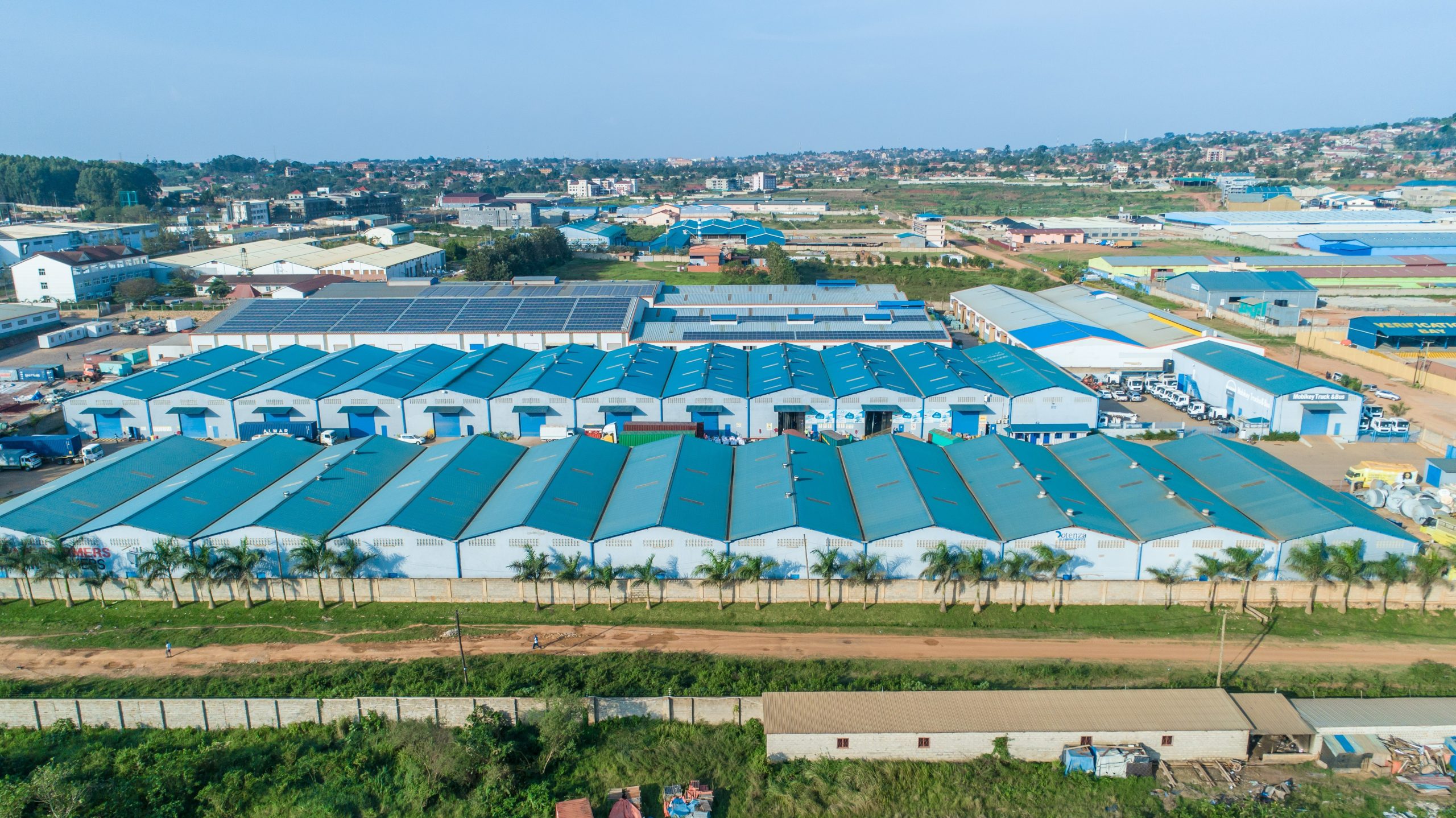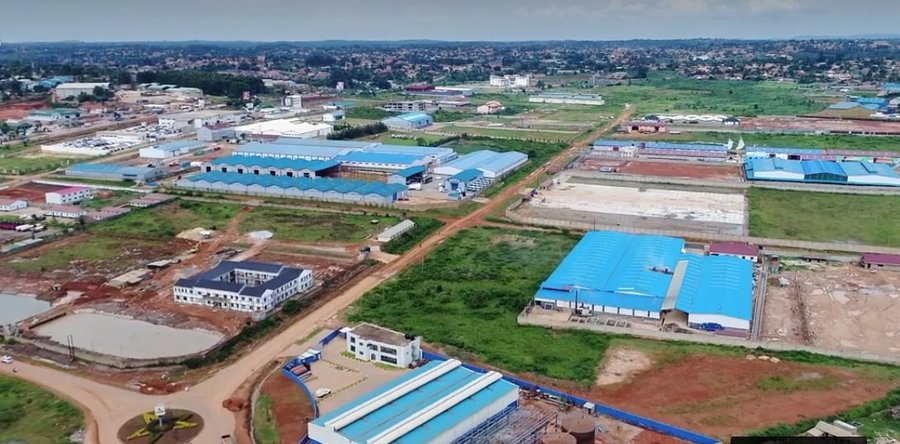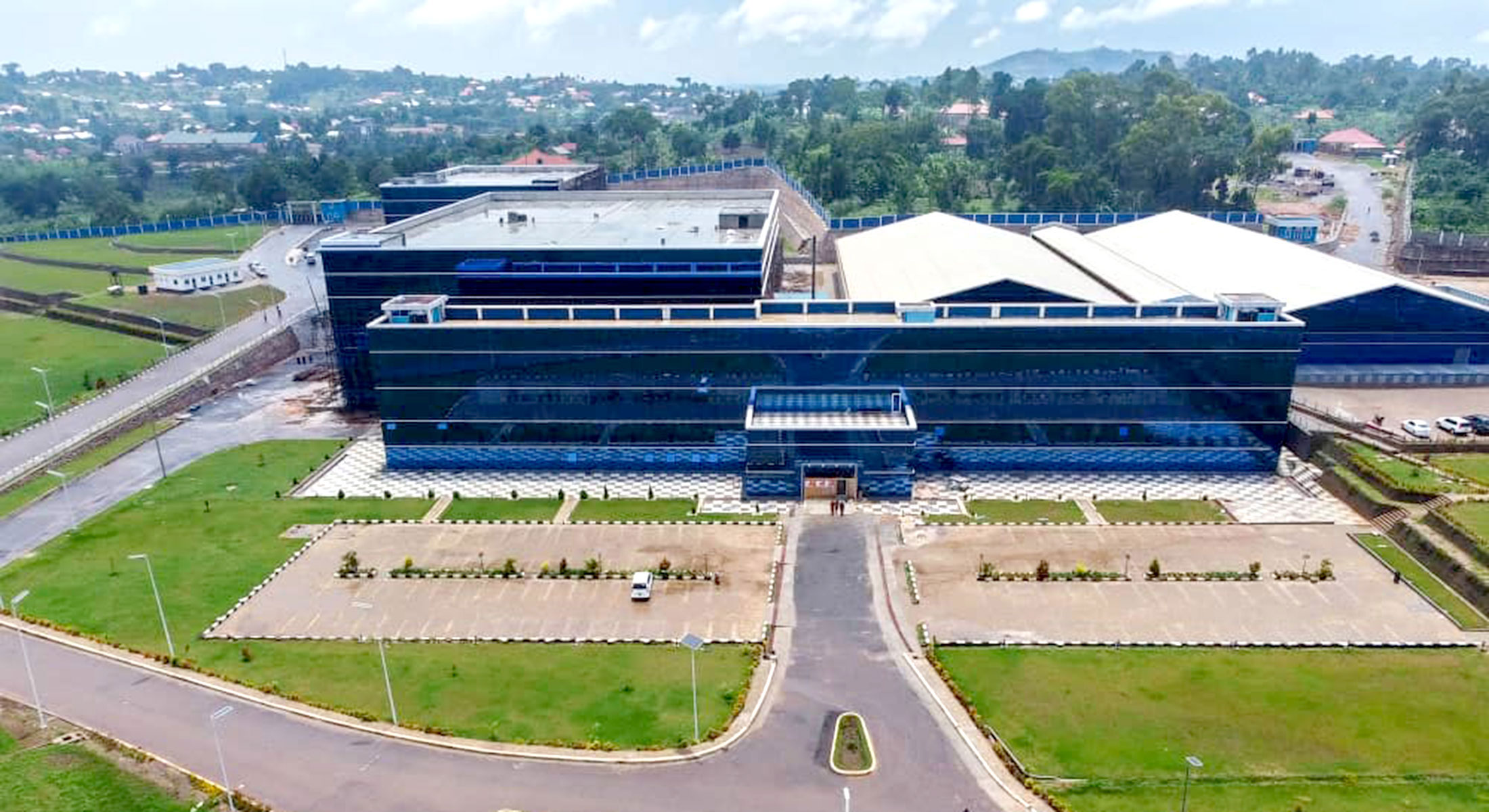By Kenneth Egesa
Uganda’s economy is on a steady and confident path. In a year defined by global uncertainty and shifting economic tides, the Bank of Uganda’s (central bank) 2024/25 Annual report tells a reassuring story of resilience, discipline, and progress.
This report is more than a set of financial statements; it reflects the central government’s unwavering commitment to price stability, financial system safety, and inclusive growth.
For citizens, investors, and development partners alike, it offers an in-depth and transparent look at the forces shaping Uganda’s economic future.
Below are some of the standout insights and achievements captured in this year’s report, a snapshot of Uganda’s economic story beyond the headlines.
Economic stability and strong growth
Uganda’s economy proved its strength amid global headwinds, delivering one of the region’s most robust growth performances. Real GDP grew by 6.3 percent in FY2024/25, driven by stronger agricultural output, industrial recovery, and a resilient services sector.
Prudent monetary policy kept both headline inflation (3.5%) and core inflation (3.9%) firmly within then 5 percent medium-term target.
The Uganda shilling appreciated by 2.7 percent against the US dollar, supported by sound fundamentals and stable external flows. Gross official reserves rose to 4.3 billion dollars, equivalent to nearly four months of import cover (excluding oil project imports), providing a crucial cushion against external shocks.
These indicators underscore Uganda’s resilience and the central bank’s success in maintaining macroeconomic stability while fostering conditions for growth.
A resilient financial system
The health of Uganda’s financial system remains a cornerstone of economic stability. The 2024/25 Annual Report highlights strong performance across both the banking sector and the central bank itself.
Capital and liquidity buffers remained well above regulatory minima, while non-performing loans (NPLs) declined to 3.7 percent from 4.9 percent the previous year, a clear evidence of improved credit risk management.
The central bank recorded a net surplus of 658.9 billion shillings; total assets grew to 31.9 trillion shillings; and equity rose to 6.2 trillion shillings.
The Auditor General’s unmodified opinion reaffirmed the central bank’s integrity, transparency, and strong governance.
The Central Bank Rate was reduced to 9.75 percent and maintained through the year, reflecting confidence in the economy’s underlying stability.
Together, these outcomes speak to a financial system that is resilient, well regulated, and positioned to support Uganda’s growth ambitions.
Innovation in digital payments
The modernization of Uganda’s payments ecosystem continued at pace, reflecting the central bank’s commitment to innovation, security, and financial inclusion.
The introduction of a third Automated Clearing House (ACH) session in February 2025 improved the speed and efficiency of retail payments.
The ongoing migration to the ISO20022 messaging standard and replacement of the Real-Time Gross Settlement (RTGS) system are positioning Uganda among economies aligned with international best practice.
The operationalization of an Anti-Fraud Consortium and the deployment of an AI-enabled Payments Control System further enhanced the safety and resilience of digital transactions.
These developments are helping to build trust, efficiency, and innovation in Uganda’s financial landscape, while ensuring that modernization remains inclusive and secure.
Looking ahead: a cautiously optimistic outlook for FY2025/26
The Bank of Uganda remains optimistic about the country’s medium-term prospects. Real GDP growth is projected between 6.0 percent and 6.5 percent in FY2025/26, underpinned by continued investment in the oil and gas sector, gains in agricultural productivity, and momentum in digital innovation.
Core inflation is expected to average between 4.5 percent and 5.0 percent, maintaining alignment with the central bank’s medium-term target. The Bank of Uganda will continue focusing on strengthening monetary policy transmission, deepening financial markets, and reinforcing payment system resilience.
The FY2024/25 Annual report is not just an institutional record; it is a document of accountability and a statement of confidence in Uganda’s economic trajectory.
It captures the policy decisions, operational milestones, and governance reforms that keep Uganda’s financial system stable and forward-looking.
As Uganda continues to navigate a changing global economy, the report offers valuable insight into how monetary and financial sector policies are being aligned to deliver long-term, inclusive prosperity.
Read the full report at:
***
The writer is the Director Communications and Public Relations, Bank of Uganda







